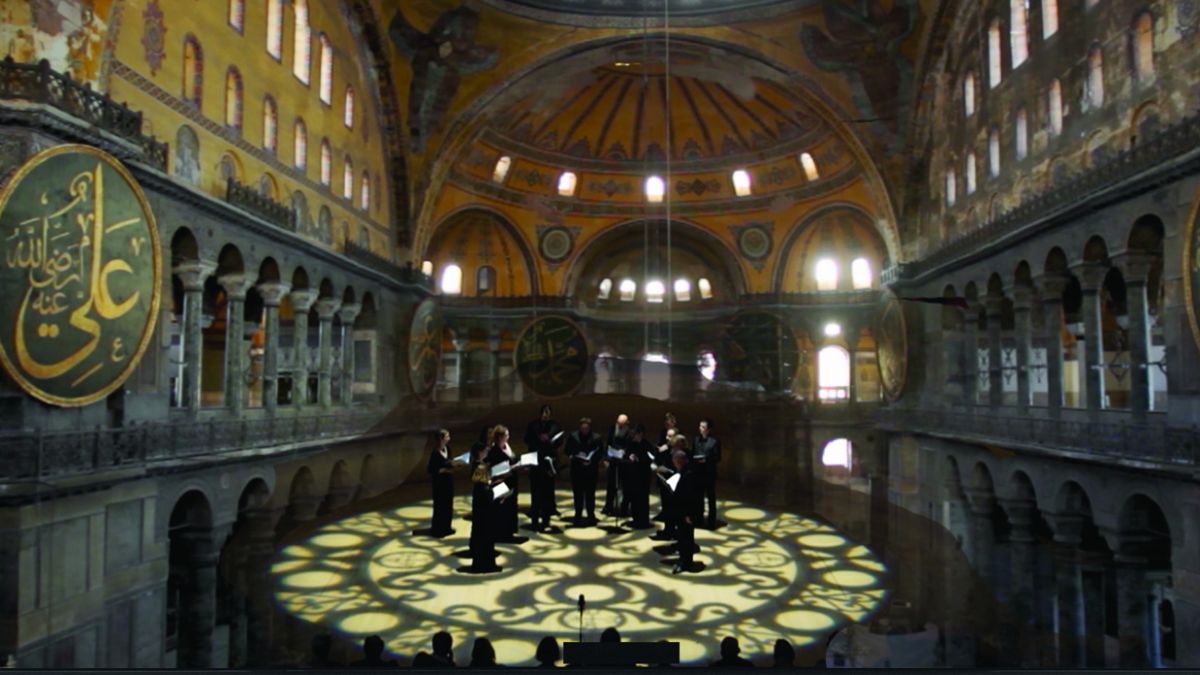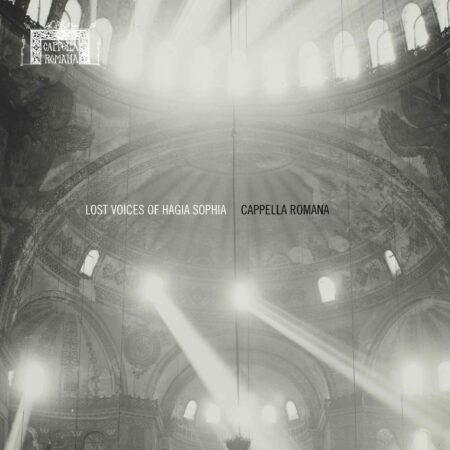The New York Times has a new article featuring our Icons of Sound: Hagia Sophia Re-Imagined project and Lost Voices of Hagia Sophia recording! See the article, filled with interviews with our project partners from Stanford and our own Alexander Lingas on NYTimes.com:
“The Lost Voices of Hagia Sophia,” an album that brings to life the stately mystery of Byzantine cathedral liturgy, bathed in the glittering acoustics of the space for which it was written — even though it was recorded in a studio in California. …members of Cappella Romana, a vocal ensemble based in Portland, Ore., specializing in Byzantine chant, recorded “The Lost Voices” in a space that persuasively mimicked the acoustics of Hagia Sophia — with its luscious reverberation, cross echoes and amplification of particular frequencies.
Alexander Lingas, a musicologist and the music director of Cappella Romana, said that the live virtual acoustics were transformative to his understanding of the group’s repertory. The long reverberation time dictated slower tempos. Basses singing drones made subtle pitch adjustments to match frequencies of maximum resonance.…
In Greek Orthodox rites, Ms. Pentcheva argued, acoustics and chant interact in a way that “is not about sound carrying information, but sound precipitating experience. It is a fully corporeal investment.”
The recording provides a glimpse of that experience. Phrases chanted in unison leave a ghostly imprint. Rhythmic shudders and grace notes set off blurry squiggles of overlapping echoes. Chords unfurl in reverberant bloom.…
—Corinna da Fonseca-Wollheim, The New York Times



